As a cat owner, you may have come across the term "hot spots" before. Hot spots are painful, itchy, and inflamed areas on a cat's skin. These spots can cause a lot of discomfort to your feline friend and can lead to further complications if left untreated. In this comprehensive guide, I will discuss the causes, symptoms, and the best hot spot treatment for cats.
Introduction to hot spots in cats
Hot spots are also known as acute moist dermatitis. These are areas of your cat's skin that become inflamed, red, and irritated. The affected area may be painful and itchy, causing your cat to scratch or bite at it constantly. Hot spots can appear anywhere on your cat's body, but they are most commonly found on the neck, back, and hindquarters.
What causes hot spots in cats?
Hot spots in cats can be caused by a variety of factors. Allergies, parasites, and underlying skin conditions can all lead to hot spots. Fleas, ticks, and mites can also cause hot spots in cats. Cats that have long hair or are overweight can be more prone to hot spots as well.
Symptoms of hot spots in cats
The symptoms of hot spots in cats include redness, swelling, and scabbing. The affected area may be itchy and your cat may constantly lick or bite at it. The hair around the hot spot may fall out, and the area may be moist and have a foul odor.
Home remedies for hot spots in cats - using coconut oil, apple cider vinegar, and aloe vera
There are several home remedies that you can try to relieve your cat's hot spots. Coconut oil can help soothe the affected area and promote healing. Apple cider vinegar can help to reduce inflammation and disinfect the wound. Aloe vera can also help to soothe the skin and promote healing.
To use these remedies, apply a small amount to the affected area and gently massage it into the skin. Be sure to monitor your cat closely to ensure they do not ingest the remedy.
If you feel to troublesome, you can also use our coconut oil glove wipes for the most convenient and natural treatment at home for your cats.
Hot spot treatment products for cats - their pros and cons
There are several other hot spot treatment products for cats available on the market. These products can include creams, ointments, and sprays. It is important to do your research and choose a product that is safe and effective for your cat.
Creams and ointments can be effective in treating hot spots, but they can be messy and difficult to apply. Sprays can be easier to apply, but they may not be as effective as creams and ointments.
The best hot spot treatment for cats - an overview of sprays, creams, and ointments available
There are several hot spot treatment options available for cats. Sprays, creams, and ointments can all be effective in treating hot spots. These treatments can help to reduce inflammation, disinfect the wound, and promote healing.
When choosing a hot spot treatment, look for products that contain ingredients such as hydrocortisone, lidocaine, and tea tree oil. These ingredients can help to relieve itching and inflammation.
HOCl spray for cat hot spot
Since hot spots on a cat can be a painful and frustrating issue to deal with. These are red, inflamed areas of the skin that can be caused by a variety of factors, including allergies, skin infections, or parasite bites. While there are various treatments available to help alleviate hot spots in cats, many pet owners are turning to HOCL spray as a natural and effective solution.
HOCL, or hypochlorous acid, is a powerful disinfectant that is produced naturally by the body's white blood cells to fight off infection. It is safe for use on pets and humans alike, and has been shown to be effective in treating a wide range of skin issues, including hot spots.
To use HICC HOCL Spray to treat your cat's hot spots, first clean the affected area with a gentle, pet-friendly soap and warm water to remove any debris or bacteria. Then, spray a generous amount of HOCL onto the hot spot, allowing it to soak into the skin. You can repeat this process several times a day until the hot spot begins to heal.
One of the main benefits of using HOCL spray to treat hot spots in cats is that it is completely natural and non-toxic. Unlike other treatments that may contain harsh chemicals or antibiotics, HOCL is gentle on your cat's skin and will not cause any adverse side effects.
In addition to treating hot spots, HOCL spray can also be used to help prevent future outbreaks. Simply spray the affected area once a day as a preventative measure, particularly during times of the year when hot spots are more common.
Overall, HOCL spray is a safe, effective, and natural solution for treating hot spots in cats. If you are struggling to find a solution for your pet's skin issues, consider giving HICC HOCL Spray a try.
How to apply hot spot treatment to your cat
When applying hot spot treatment to your cat, be sure to follow the instructions on the product carefully. Apply a small amount of the treatment to the affected area and gently massage it into the skin. Be sure to monitor your cat closely to ensure they do not ingest the treatment.
- Keep the area clean: It's important to keep the hot spot clean and dry to prevent further infection. You can gently clean the area with a mild, pet-safe shampoo and warm water.
- Trim the hair: If your cat has long hair, trimming the hair around the hot spot can help improve air circulation and prevent the hot spot from worsening.
- Use a cone or e-collar: To prevent your cat from further licking or scratching the hot spot, your veterinarian may recommend using a cone or e-collar to keep them from accessing the area.
- Apply a topical treatment: Your veterinarian may recommend a topical treatment such as an antibiotic ointment or hydrocortisone cream to help reduce inflammation and promote healing.
- Address the underlying cause: To prevent future hot spots, it's important to address the underlying cause. This may include treating fleas, addressing allergies, or addressing any other skin irritants.
Prevention of hot spots in cats - tips and tricks
Preventing hot spots in cats is important to ensure your cat's overall health and wellbeing. Regular grooming, flea and tick prevention, and a healthy diet can all help to prevent hot spots. It is also important to keep your cat's environment clean and free from any potential irritants.
Conclusion and final thoughts
Hot spots in cats can be a painful and uncomfortable condition. It is important to seek treatment for your cat if you suspect they may have hot spots. Home remedies and hot spot treatment products can be effective in treating hot spots, but prevention is always the best course of action.
By following the tips and tricks outlined in this guide, you can help to prevent hot spots in your cat and ensure they stay healthy and happy. Always consult with your veterinarian if you have any concerns about your cat's health or wellbeing.
Please note that the information provided in this article is for educational and informational purposes only. We are not veterinarians, and the content shared here should not be considered professional veterinary advice.
If you have any questions regarding copyrights or the use of materials in this article, please contact us for clarification.
2 comments
moderated-
Thank you, I found your article informative,
I look forward to reading more of your content in the future! 👍🐈 -
Aloe Vera is toxic to cats.

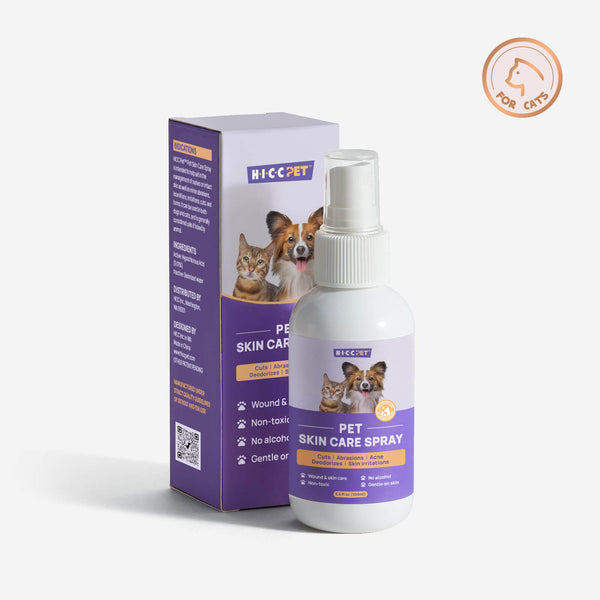

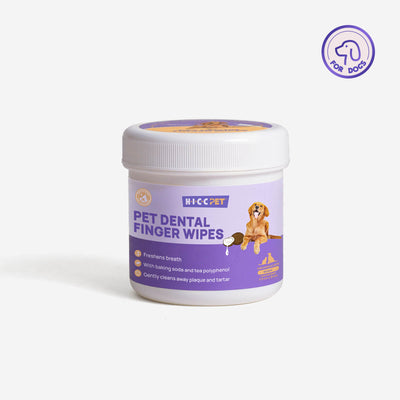
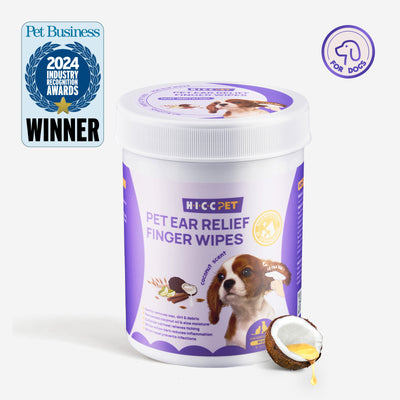
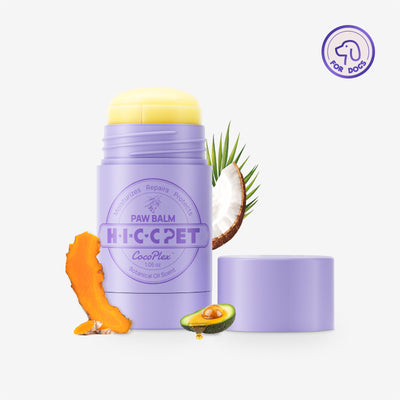
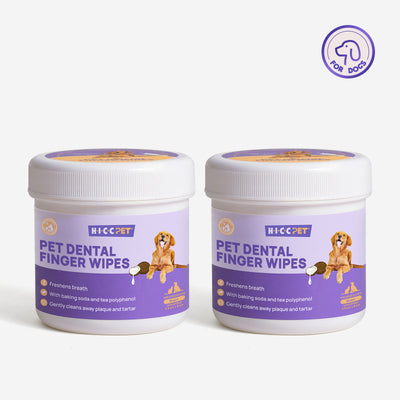
Thanks for your interaction and support.